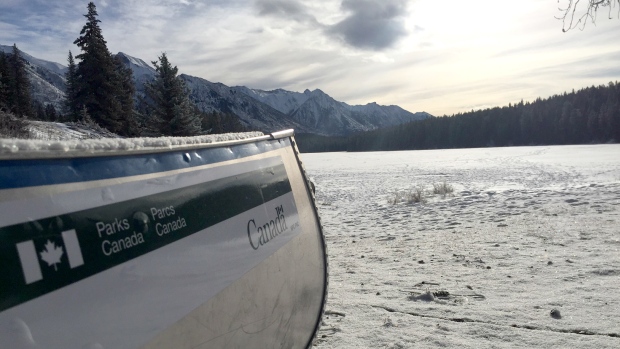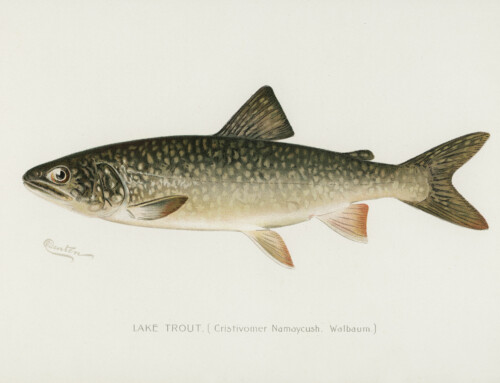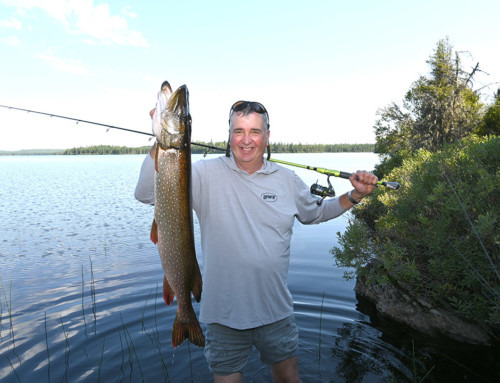Parks Canada trying to protect westslope cutthroat trout in nearby Two Jack Lake and Lake Minnewanka
Originally Published by CBC News, May 17, 2017
Officials have started pulling all the fish from Johnson Lake in Banff National Park where the deadly fish parasite that causes whirling disease was first detected in Canada, in a bid to stop its spread.
The disease predominantly affects trout and whitefish and can cause them to swim in a whirling pattern and die prematurely.
Officials with Parks Canada will use netting and electro-fishing to remove the fish from the 15-hectare lake.
Parks Canada says it’s confident removing the fish will be effective, because of the lake’s location and the fact it is relatively small in size and shallow in depth.
Whirling disease was first detected in Canada when it was found in Johnson Lake in August 2016, but has since been detected in the entire Bow River and watershed and the Oldman River basin in Alberta.
The ambitious measure at Johnson Lake is the best strategy to try to stop the disease from spreading into nearby Two Jack Lake and Lake Minnewanka, says Banff National Park resource conservation manager Bill Hunt.
“There’s only 10 core populations in all of Banff National Park for westslope cutthroat
“These are some of the last pure strains of westslope anywhere in the world, and so protecting those and making sure that we do as much as we can reasonably from being severely impacted by whirling disease is a pretty high priority.”
Hunt says because of the whirling disease, the fish will be euthanized and disposed of safely.
To read more visit CBC News.







